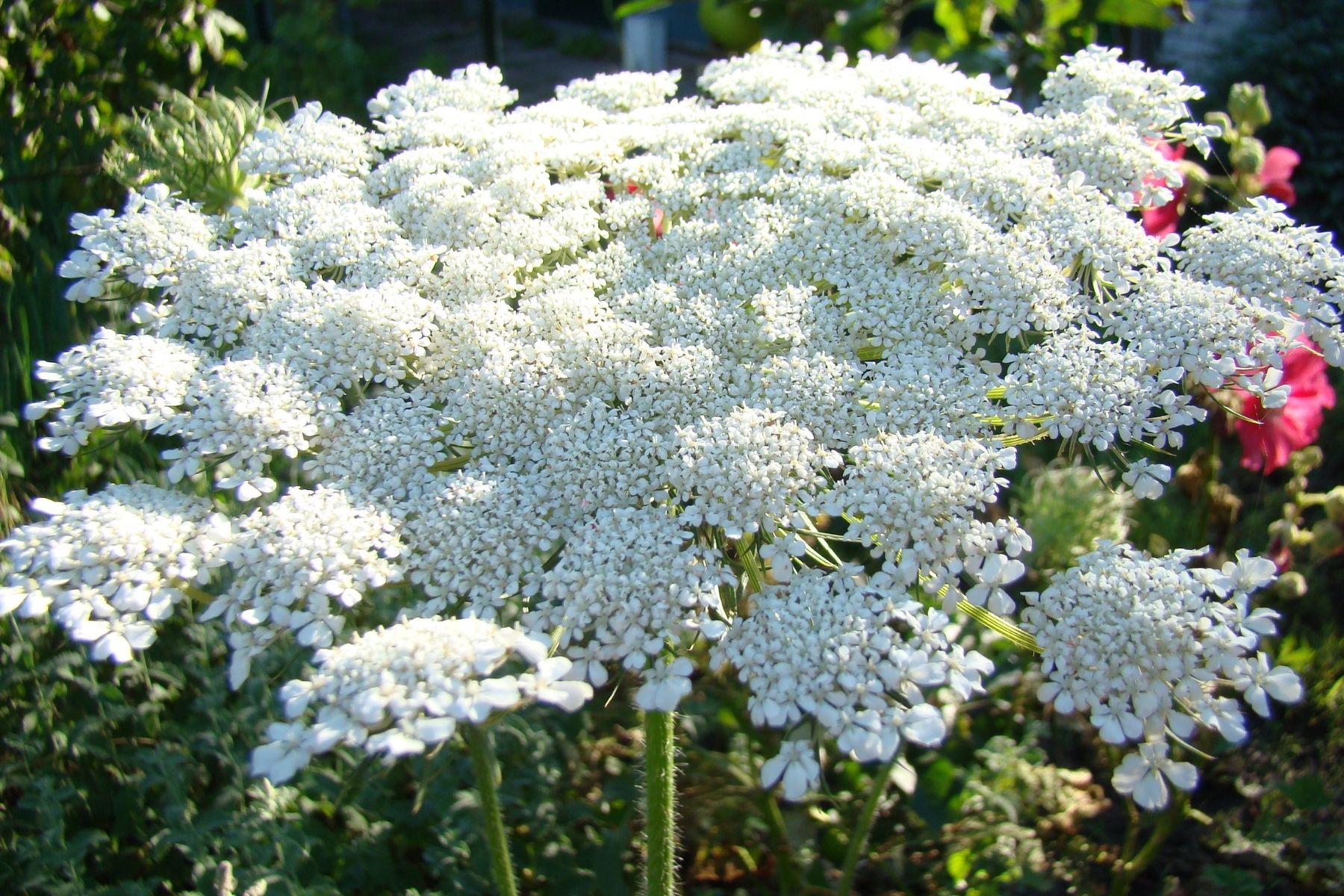Last Updated on April 16, 2024 by Real Men Sow
Flowering carrots are not an uncommon occurrence. It is often a sign that the plant is dead and unfit for consumption. After a few seeds are planted, flowering carrots will start to grow.
Reasons Why Carrots Flower
- Prematurely warm weather – Warm weather can trick the plant into putting energy into the root rather than the flower, which will result in white flowers and inedible carrots.
- Carrots Left in the Ground for Too Long – They can flower if left in the ground over winter and a mild spring follows, as this confuses the plant in its life cycle.
Carrots are biennials, which means that they live for two years. They grow in a vegetative stage with no flowers during the first season. After winter, they flower and release their progeny to the world for reproduction and regrow. Remember that there will always be some outliers in any package of seeds. They could be either dud, or they could bloom early, leading to a bolted carrot.
You can prevent your carrot plants from flowering by sowing them every few weeks throughout the season. This will ensure that some of them can withstand any weather changes.
Should You Cut These Flowering Carrots?
Do not cut or dig them up. They are past their harvest season and have moved into their reproductive stage. The mother plant then dies, and the seed pods dry to spread the seeds to the next generation (by the wind).
What You Should Do:
- Don’t wait until the heat of summer for your next crop of carrots.
- Let them reseed, and you will hopefully have a good crop next season.
- You can’t harvest your carrots now if they are still in flower. They will also taste bitter and unappetizing.


